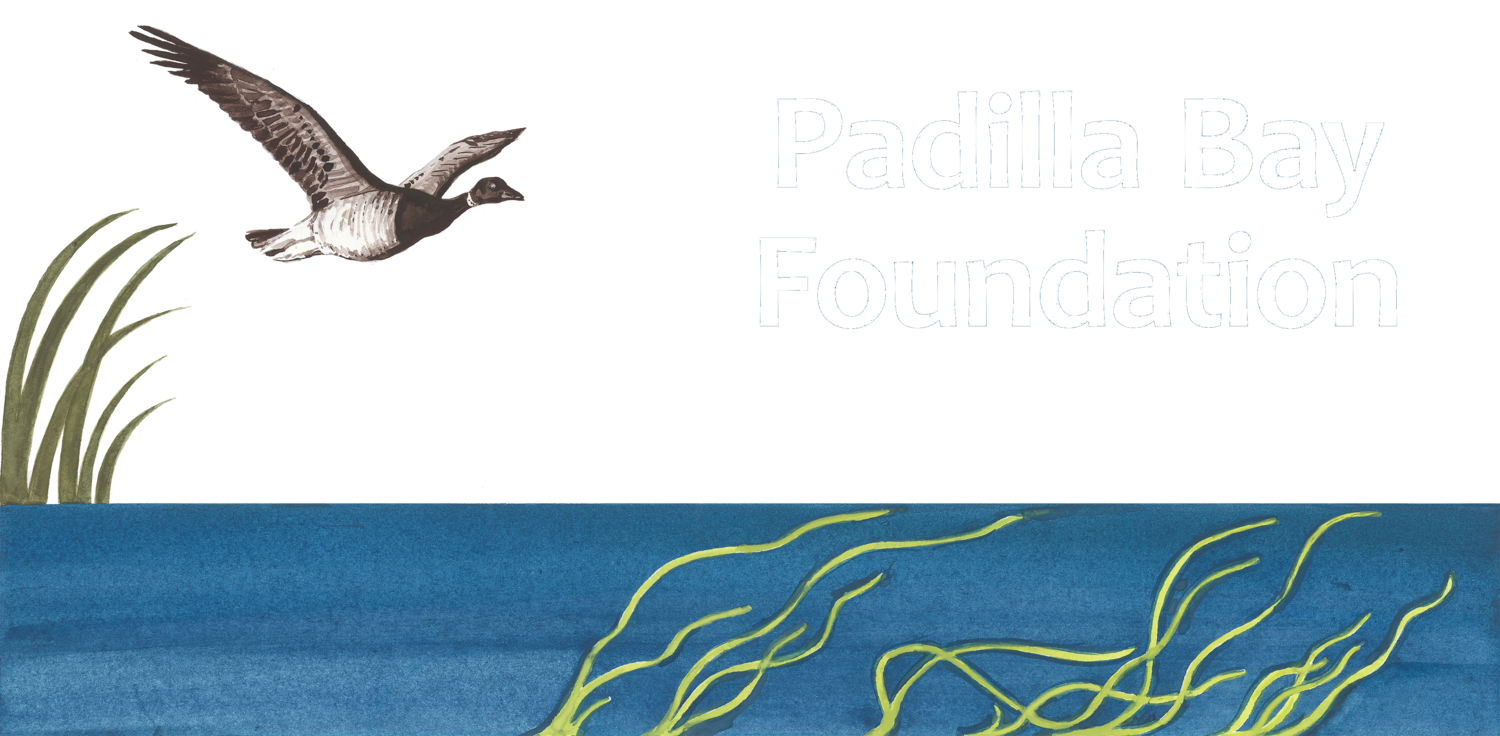New Microscopes Not Just For Kids!
Article by Dale Fournier – Volunteer Forage Fish Citizen Scientist (November 2019).
As a member of the Fidalgo Bay Aquatic Reserve Citizen Stewardship Committee I am very grateful to the Padilla Bay Foundation for the support it gives to me and other volunteers. As a concerned citizen interested in the health of Fidalgo Bay I am part of a team of volunteers who do bimonthly sampling of the substrate at several sites on Fidalgo Bay. We collect the sediment from the high tide wrack line to determine the presence or absence of surf smelt eggs. The presence of eggs indicates that the bay has active surf smelt spawning. Surf smelt are forage fish, and as such an important part of the Fidalgo Bay ecosystem. Larger fish such as salmon eat surf smelt and many species of shorebirds and marine birds also enjoy smelt as part of their diet. While we collect and process our sediment samples on the beach we can often see the surf smelt eggs which are the size of grains of salt. Often beachgoers stop by to see what we are doing. They are very interested to know about the fish that are present in the bay.
But not only is it important to ascertain the presence of surf smelt eggs, we also need to determine the stage of development of the eggs. Surf smelt take about two weeks from the time of the spawning event until the fish hatch out of their eggs and swim. With the support of the Padilla Bay Foundation we have access to the microscope lab at the Padilla Bay Reserve. Using the microscopes to “stage” the eggs we gain insight into the reproductive success of the smelt and the on going health of the bay. Thanks to the Foundation and the new more powerful microscopes, we can more successfully examine and count the eggs, and share our data with others doing similar work.
Through a program called “Kids on the Beach” we have been showing school groups the process of collecting and processing the sediment samples. The students are excited to be on the beach looking for the fish eggs, but what really gets them enthused is when they can examine the samples they collect under the microscope and see what they found. You can be sure that that is one of the more interesting things that the students go home and tell their families! It is very rewarding to be involved in all stages of the forage fish project and to be able to share with students’ families on the beach.

